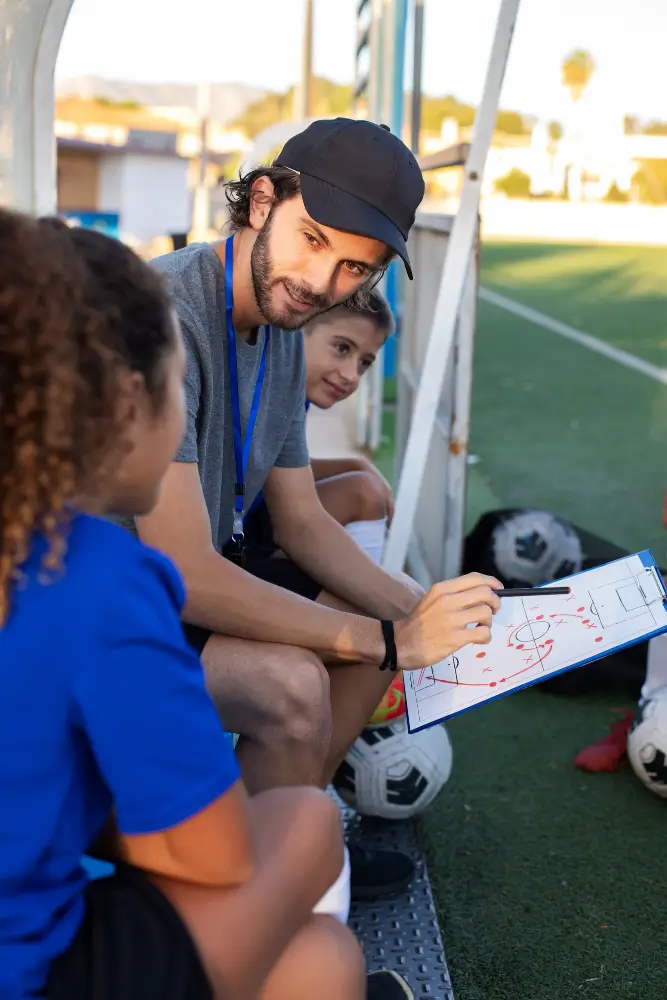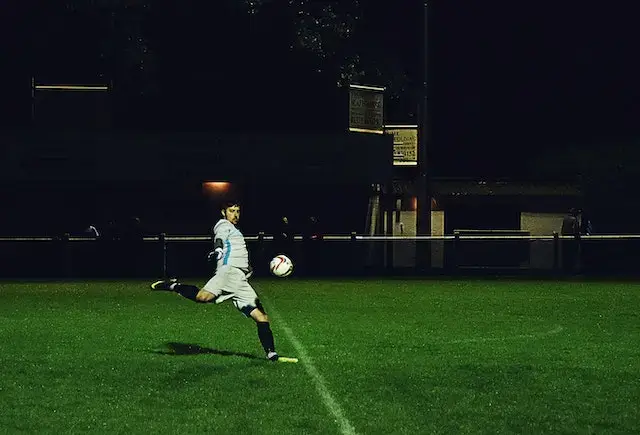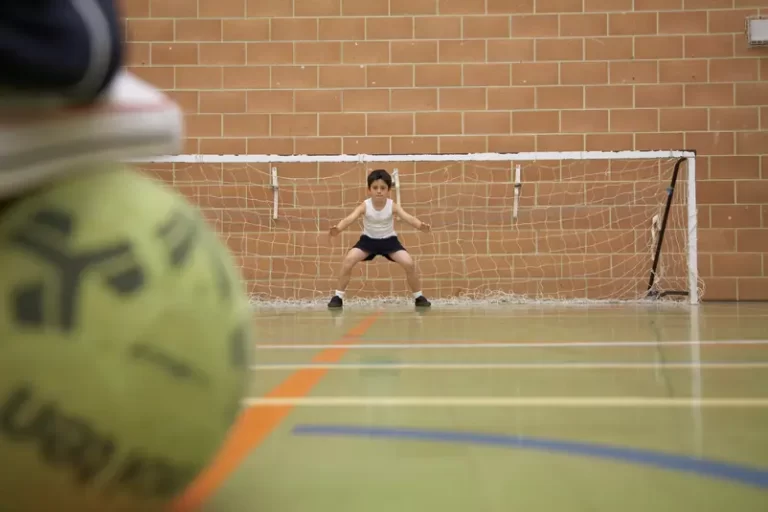Indoor Soccer Drills
Any coach worth their salt would tell you that drills are a crucial component of any training session. They offer a wide range of benefits for players of all levels, from improving their technical skills to boosting their confidence on the field. If you’re new to indoor soccer, you might be looking for basic drills to improve your skills.
Here are a few of the indoor soccer drills for practice that I commonly use to warm up my kids before we get down to the real training. I’ve found them to improve dribbling, shooting and overall ball handling in my students. You can use some of these drills on your own, although most will require one or more partners.
Indoor Soccer Practice Checklist
Always perform brief checks before starting any training session. Make sure the kids are in proper shape and gear, and wearing appropriate, kid-friendly indoor soccer shoes. Better to prevent an injury than fix one.
Indoor Soccer Drills for Single Players
- Wall pass
- Shooting Practice
- Juggling Challenge
- Dribbling Obstacle Course
Let’s discuss each in some detail:
1. Wall Pass
Aim: increase ball control and passing skills
Difficulty: Beginner
No. of players: 1
Ask the kids to pass a ball to the wall and receive it back. This simple drill can significantly improve accuracy and control very quickly.
2. Shooting Practice
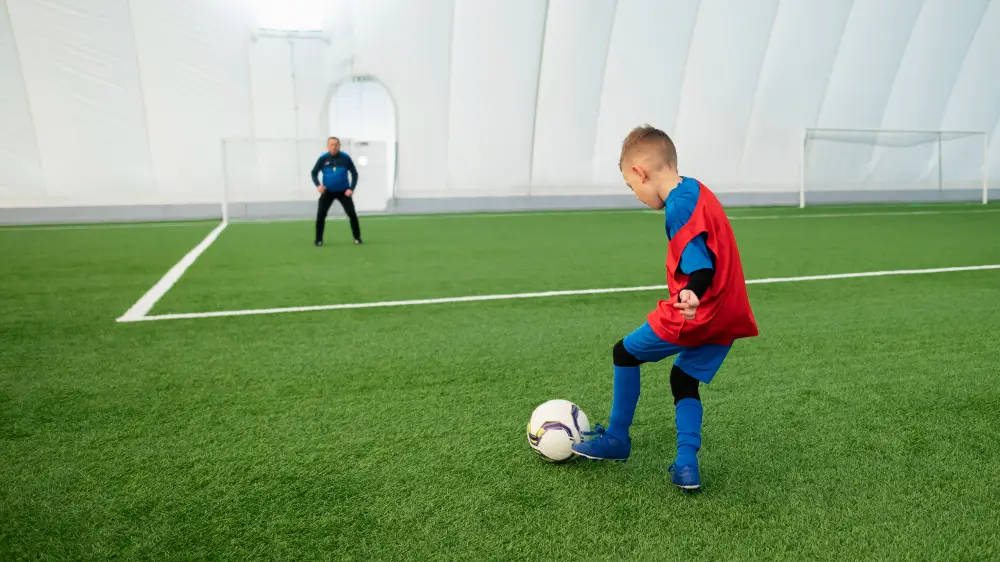
Aim: Improve scoring accuracy
Difficulty: Beginner
No. of players: 1
Set up a target (or a set of targets). Ask the kids to shoot at the target repeatedly, alternating between both feet.
This is another simple, yet excellent drill to practice in indoor soccer. Use it frequently as a shooting drill. You can change the difficulty by moving the target further away, or asking the players to shoot from different angles. Be sure that they do not favor one or the other foot.
3. Juggling Challenge
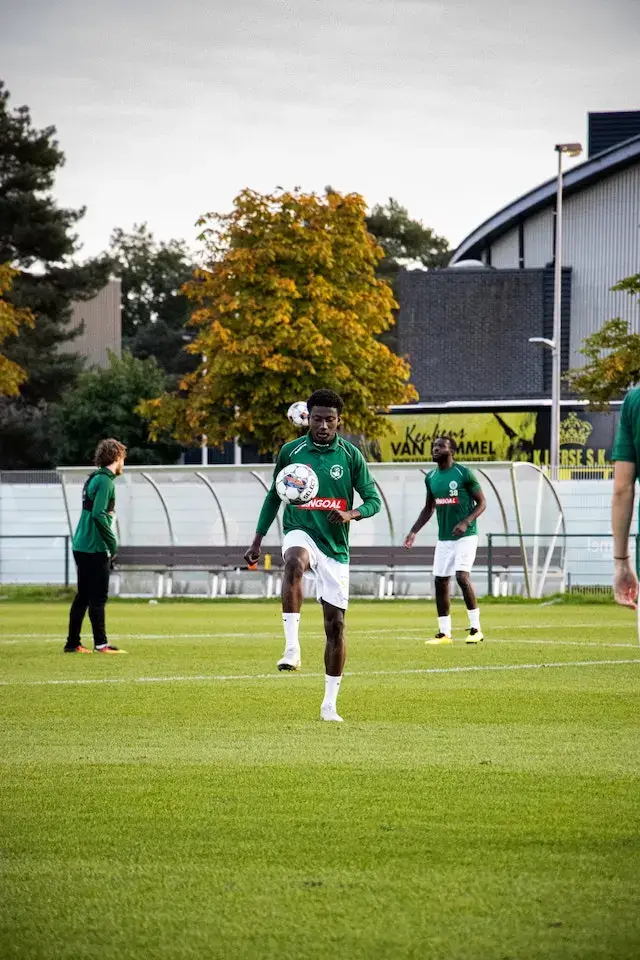
Aim: improve ball control and increase foot eye coordination
Difficulty: Beginner
No. of players: 1
Ask the players to bounce the ball using feet/knees. See how long the can keep the ball in the air without it touching the ground.
One of the most frequently used training drills both for indoor and outdoor soccer. This is something kids can do any time, and in any location, as long as they have a soccer ball. I encourage any new players to do this as often as possible, as it makes them more comfortable with the ball.
4. Dribbling Obstacle Course
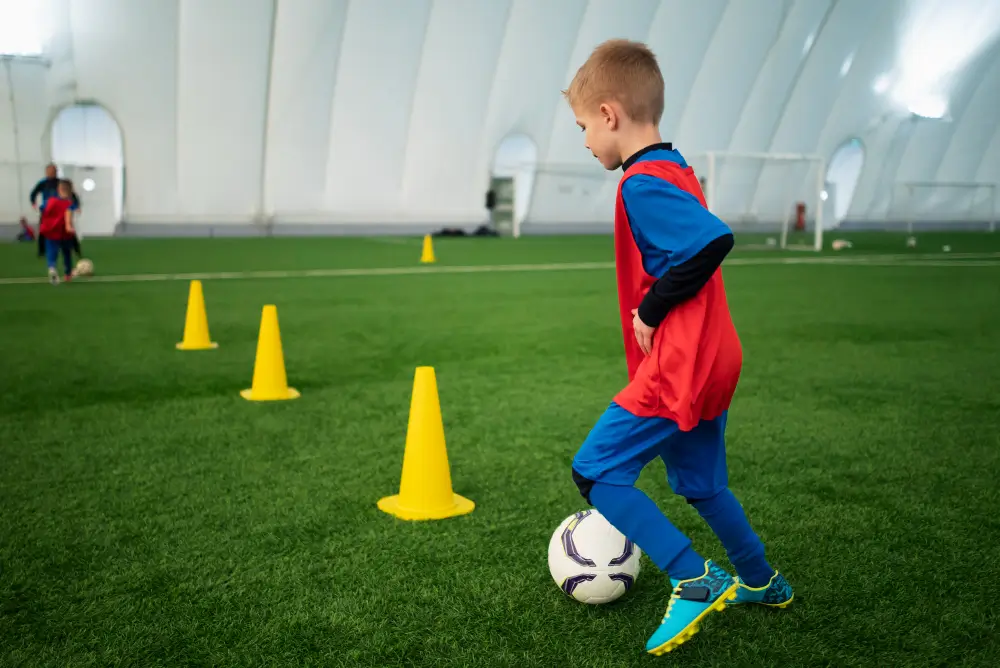
Aim: Improve dribbling skills
Difficulty: Beginner
No. of players: 1
Set up an obstacle course with cones or other objects, and have the kids dribble through the course as quickly and accurately as possible. You can set up cones in a straight line, zigzag or just randomly arrange them in patterns depending upon the skill of your players.
Improving dribbling skills for indoor soccer is a bit of a challenge, because there is less space and players tend to shoot more often. I often use this frequently at the start of indoor soccer season, to encourage the “dribbling instinct” as opposed to the shooting instinct.
Multiplayer Indoor Soccer Drills
- One Touch Pass
- Triangle Passing
- Mini-scrimmage
- Passing/Dribbling Relay
1. One Touch Pass
Aim: Improve passing skill
Difficulty: Beginner
No. of players: 2 or more
Have the kids practice passing the ball to each other using only one touch.
2. Triangle Passing
Aim: Improve passing skills
Difficulty: Intermediate to Expert
No. of players: 4 or more
Set up the field so that each player (call them A, B, C) stands at a corner of the triangle. The 4th player (and any others) waits behind A.
A passes the ball to B. A then moves down the same path as the ball and replaces B. B, meanwhile, has received the ball and passed it to C. After passing the ball, B will also move down and replace C. C receives the ball and passes it to the next player in line (who are standing in line at A). Continue the cycle for 5-10min.
This drill can be modified to include two groups playing at the same time. This increases awareness and difficulty.
Further difficulty can be added by changing the pattern of the pass and follow, to include both groups. This is a really versatile drill and can be adapted according to player skill and age. Sports Session Planner has some great ideas for adapting triangle passing, that I often implement in my training sessions.
3. Mini-scrimmage
Aim: Develop teamwork, communication, and tactical understanding.
Difficulty: Beginner – Expert
No. of players: All
Divide your players into two or more teams and play a shortened version of a regular soccer game. This is a great way to end your training session, and put into play the skills you’ve been practicing in that session.
Mini scrimmages allow players to practice their ball control, passing, shooting, and other skills in a more game-like setting, helping to prepare them for real game situations. Plus, I feel like they’re a great way to build camaraderie and teamwork among players.
If you’ve been practicing a new indoor soccer formation, have the kids follow that during scrimmage.
4. Passing/Dribbling Relay
Aim: Develop passing accuracy and teamwork
Difficulty: Beginner – Intermediate
No. of players: All
Divide your players into two or more teams and set up a course using cones or other markers. Each team will need one ball to start. The objective is to pass the ball between teammates as they race around the course. Once a player reaches the end of the course, they pass the ball to the next player on their team and run back to the starting line. The first team to complete the course wins.
Why Are Drills Important in Indoor Soccer?
You might be thinking that some of these indoor soccer practices are overly simple, but in my opinion, the more familiar your feet are with the ball, the more your instincts will improve on the field.
During a practice session, drills are used to help players develop specific skills and tactics. They can be tailored to the needs of the players based on their age, skill level, and position. By incorporating a variety of different drills into a training session, I try to keep my kids challenged, engaged, and motivated.
Also, while some drills can be done independently by players for individual practice, they are most effective when integrated into a broader training session. I would suggest most of the single player drills be used as warm ups at the beginning of the session and the drills involving all players be used towards the end of the session.
Let me know how you liked my ideas by dropping a comment below. Until next time, happy training!
